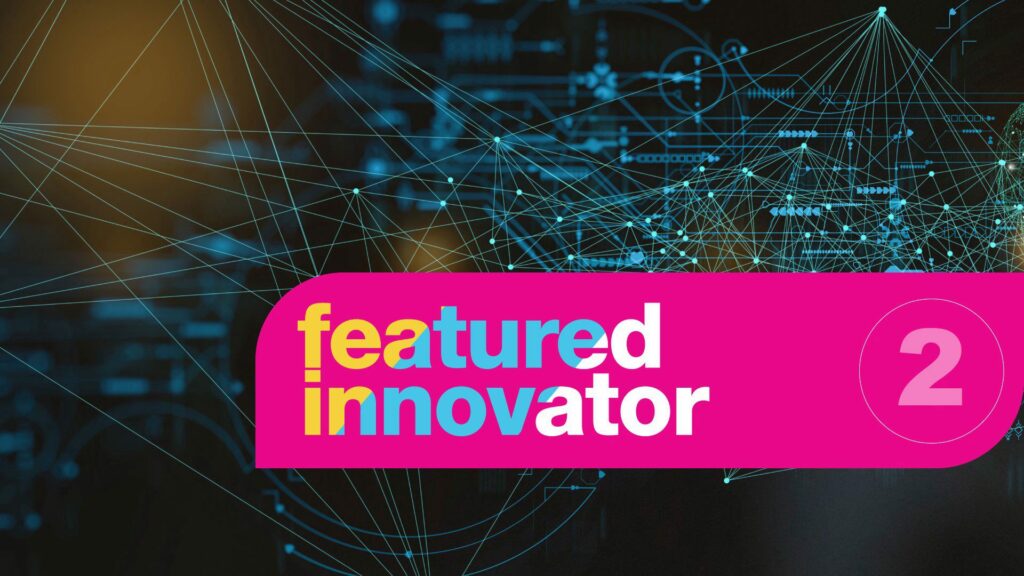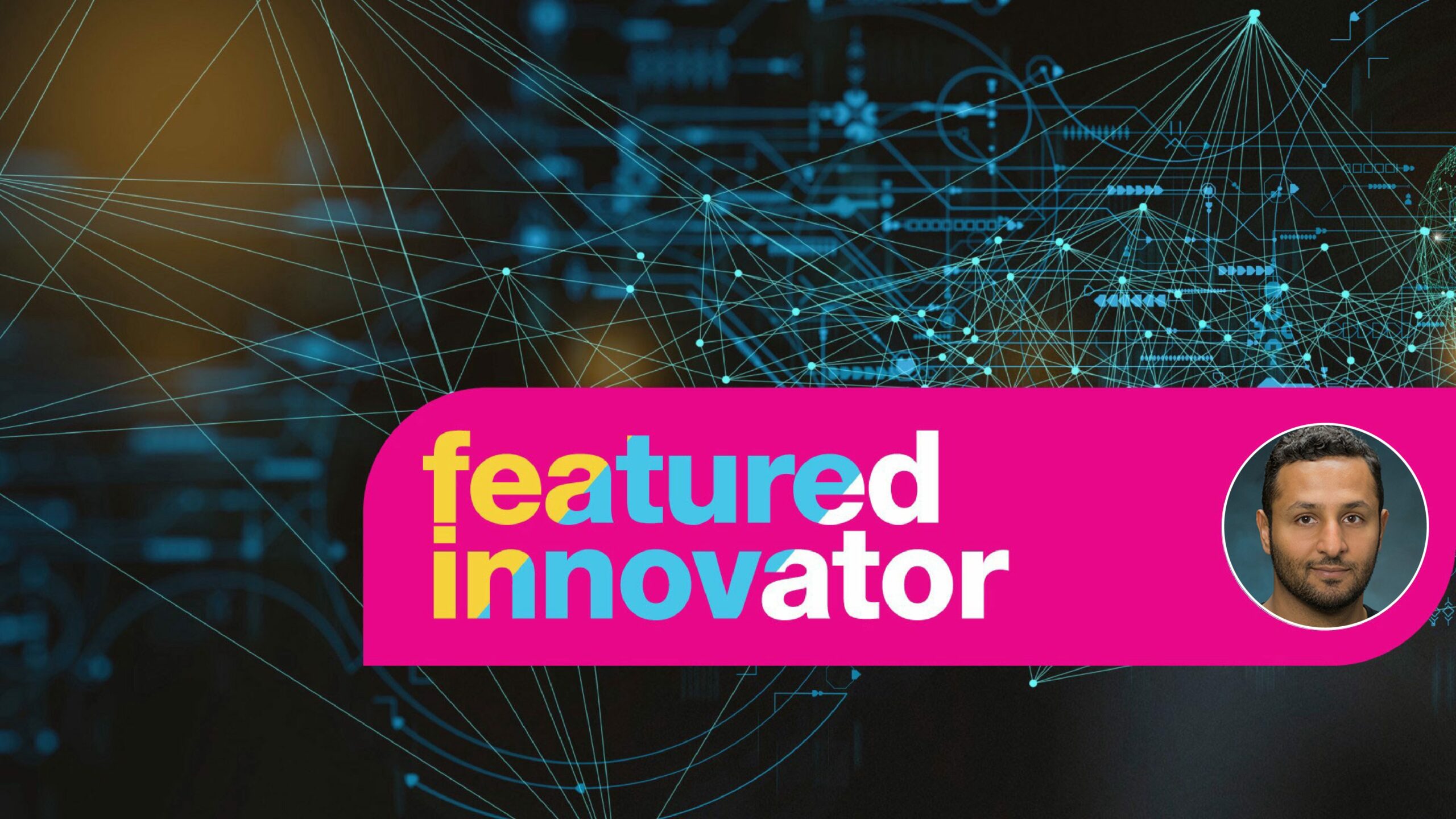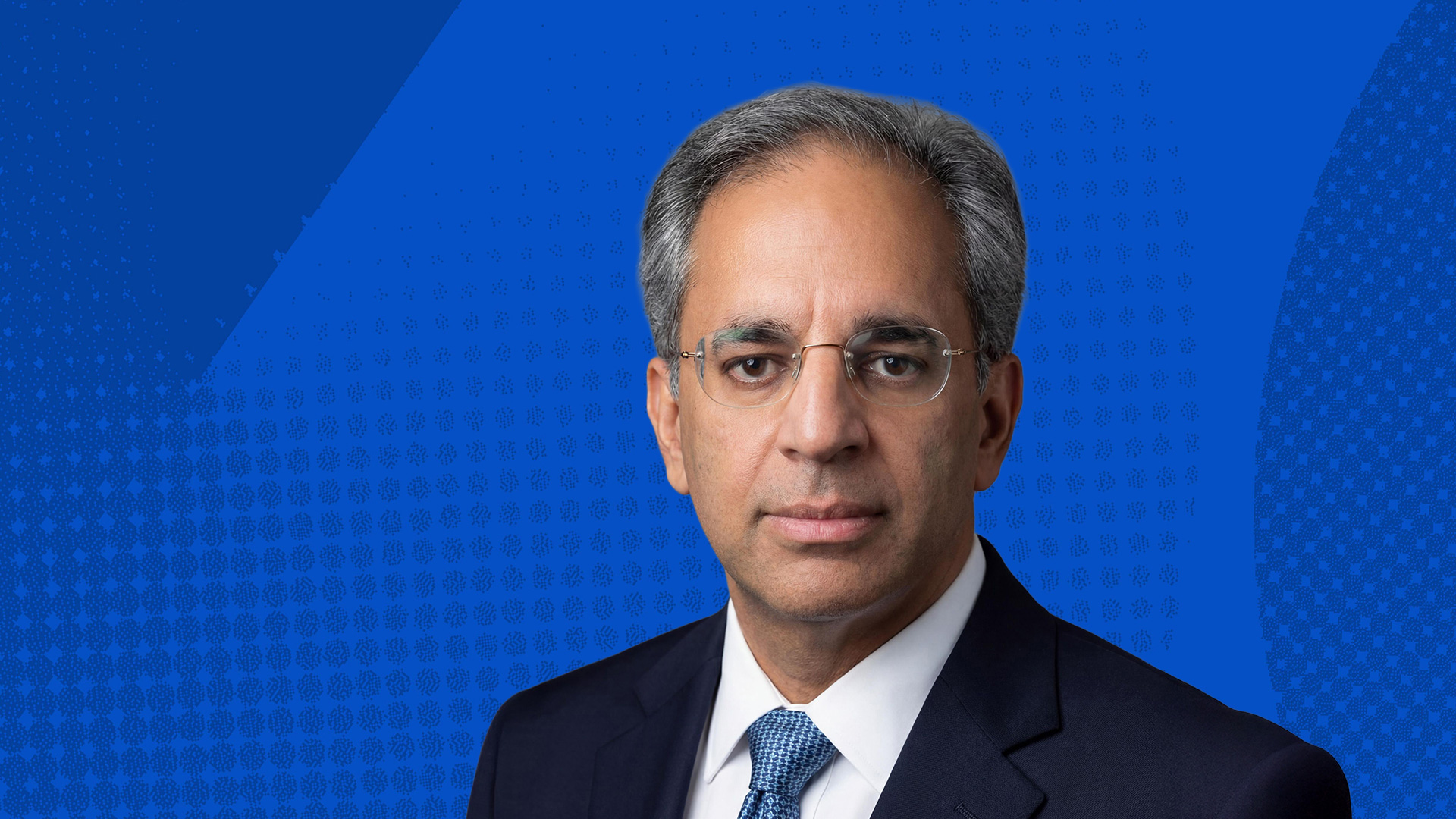
A Computer Science Researcher’s Journey: Networking to Security to Secure and Privacy-preserving Computation
In our first article on our discussion with Karim, we looked at where he had come from and the challenges of doing great work in computer science. In this next article, we delve a little deeper into Karim’s thoughts on blockchain and Secure Multi-Party Computation (MPC).
Karim: I went from networking to security to secure computation and the boarder field of cryptography:
Networking is about connecting machines and transferring information — the key issue is unreliable components and (typically unintentional) faults.
Security is very different from networking; this is (to my knowledge) the only sub-field of computer science and engineering (and physical sciences in general) where there are conscious adaptive motivated agents that are constantly changing tactics — this makes security extremely challenging. When we teach, to narrow security down a bit, we focus on security services such as confidentiality, integrity, authenticity, and availability. Supposedly, Einstein famously said “Nature is not malicious.” In security and cryptography, we do not have such luxuries that physicists enjoy. This is not a joke; it is extremely hard to design anything with guarantees about such adaptive adversaries.
I personally view cryptography as applied math, and as the field of designing algorithms and interactions and protocols with guarantees against subverting correctness and confidentiality. Cryptography now enables lots of applications beyond just ensuring secrecy, Diffie and Hellman (back in the 70s at Stanford) wrote a paper introducing the idea of public-key cryptography aka, the notion of two keys, public and private, this enabled more secure open internet communications.
“Blockchain is not a panacea”
We continued our exploration of new technologies with Karim.
Karim: Blockchain is simply a record that is append only, and is distributed.
One interesting development in it was the notion of “proof-of-work” (and now generalized to other resources such as time, space, stake) and tying this to a cryptocurrency to offer incentives for that work with enough computing power. But the naïve and initial proof-of-work uses a lot of energy, is public, and append only, this opens up avenues so that corrupt people can attack the chain.
Blockchain is not a panacea. In most use cases it does not make sense to apply it.
David Clark (one of the architects of the internet) said of blockchain, that it is someone trying to implement a limited functionality but only in a completely trustless setting.
But the world isn’t like this. Society is built on trust. If you just have even a little trust you can make things simpler. There is still some room for an alternative, but blockchain is not a silver bullet that solves everything, and I think the this is by now realized (after all, Bitcoin has been around for a decade now); the hype has faded (which is a good thing).
“There is always a certain amount of trust in society”
Karim: Trust does not have to be centralized it can be distributed trust. You can trust entities that change, but you must start from somewhere. In cryptocurrency, we call this starting point the genesis block. So far, I see only two very convincing applications for blockchain:
· Cryptocurrency — but using new proof-of-x forms that don’t use excessive energy
· Supply chain tracking and management
But they do not need to append only functionality or to make things public; as I said, there was a lot of hype in blockchain and that faded away over time.
The Big Blockchain Picture? Secure Multi-Party Computation (MPC)
Karim: Secure and privacy-preserving computation is the big picture, aka, distributed computation with correctness, resilience, and privacy guarantees. Blockchain is possibly a milestone on the road to such guarantees.
Secure multiparty computation (MPC) is a sub-area of cryptography. It focuses on developing protocols and algorithms that allow trusted parties to compute a common function (e.g., statistics, credit scores, machine learning models) without having to share their data — if some are corrupted, exploitation is minimized. It’s starting to become practical too, and with the issues we have with privacy and cyberattacks, this is an important technology for the next-generation infrastructure.
MPC adds privacy. It does not rely on proof-of-work. Researchers have also worked out how to make such systems dynamic. You can add nodes and remove nodes. In an enterprise setting, the genesis of such a system could be three or four nodes, and then it can grow. randomness can be initially generated in a trusted manner and continue to evolve in such systems without requiring trusting any single entity. This becomes an anchor, a way forward for the Internet; trusted randomness can speed up protocols and algorithms.
In terms of future predictions, blockchain may help, but MPC will be the driving force in secure information sharing and enabling enterprises to comply with newer privacy regulations and laws.

Computer-Aided Verification
Cryptography has been, to date, largely a pen-and-paper exercise because of the math, but ultimately, we need to implement the algorithms. There is a huge gap between what’s on paper and software and/or hardware implementations — we can (and unfortunately do) easily end up with bugs that compromise the security guarantees proven on paper.
Computer- Aided Verification (CAV) covers the protocols and algorithms but it extends to the execution of the software itself — CAV is a mathematical proof of a software function. This is a rapidly evolving field that will be important in security and cryptography.
There is a situation of asymmetry in cryptography and security. The enterprise must secure across layers, but attackers have only to find a single-entry point. I think that increased automation and machine learning may give attackers an advantage, and it makes bugs easier to find than to fix.
Unless we build across layers in such a way that we have guarantees of secure functions and their composition, the situation will get uglier. There is a 24/7 ongoing cyberwar; our infrastructure is being attacked, cars, home automation, and so on. I do not think this will stop by itself anytime soon.
But if people are happy to give up information for 15 bucks (which some studies have shown), do they care? I like to think people will have a choice in making that decision. I believe that younger folks, early teens, do care. But at the moment the options are not there.
People shouldn’t mistrust everything online. Education can play an important part in this. What to trust online (and indicators and reasons for this) should be explained well, and we should offer people better (more secure and private) services and choices.
We asked Karim about future research options.
Karim: I wish the world and Silicon Valley would think more long-term. The world is becoming increasingly connected, and I think that in the long-term there’s no going back to isolated networks, despite the increasing and alarming censorship and filtering trends by countries. People need to think more long-term and realize there will be nowhere to hide if one is going against the trend. There is a massive information overload, but we are in this together. I would like to think that SRI International can serve as a beacon of technical sanity in this complex world.
Quantum Computing in some form will eventually happen. I am afraid of the implications of that on cryptography. There is still some hype in the short-term, but we need to watch quantum computing in the near future very carefully.

We continued by asking, “is there a startup or research project you want to bootstrap?”
Karim: I’d like to do an internal project on short-term quantum computing devices that are already available and figure out communication and computing applications thereof — these are called Noisy intermediate scale quantum devices (NISQ). Big Quantum Computing that poses a real threat to cryptography needs thousands of logical qubits (which translates to millions of physical qubits). We are not there yet, and unlikely to be in a decade or even two, but what will happen is you’ll be able to take several hundred qubit devices that give you a probability distribution of the answer — once you cross around 120 qubits, you move outside the realms of what is possible with classical computers. This changes the game, and if I was to bet, I think researchers will come up with completely unexpected applications. Humans are very versatile and get around roadblocks in clever and unexpected ways.
The hardware will be there soon, but we also need to develop the right algorithms and software tools. If you can come up with a new algorithm it might be a threat to cryptography but might also offer new answers in things like quantum chemistry or simulations of materials.
Just by thinking about algorithms in this new way required for quantum computing (i.e., as linear algebra operations), which is not intuitive for someone with a classical algorithmic intuition, you may end up with an exponentially faster algorithm. SRI needs to move into this area. But we need good researchers and mathematicians with this knowledge. There is currently a shortage of quantum workforce, and this is recognized in the US, and SRI is actually helping address this under the Quantum Economic Development Consortium (QEDC). SRI was tasked by NIST to lead this QEDC.
My colleagues Joseph Broz and Celia Merzbacher are leading QEDC and I think this effort is very important piece to ensure competitiveness of the US in the coming decades in this emerging area. It will be an exciting couple of decades ahead for the algorithmic and physical aspects of computing and communication!
Interested to hear more from Karim? Head over to his personal website for more details about Karim’s research and papers.



